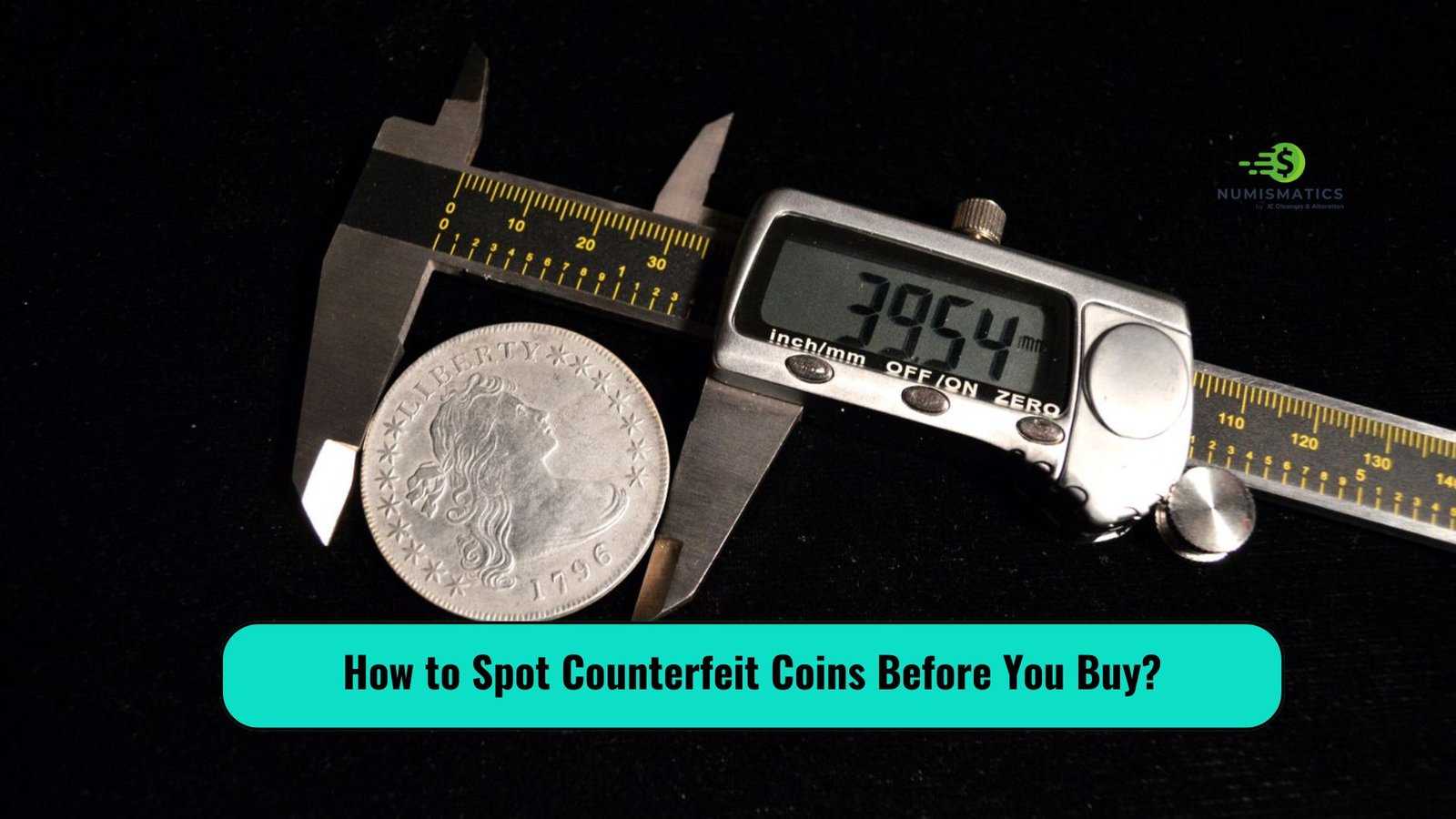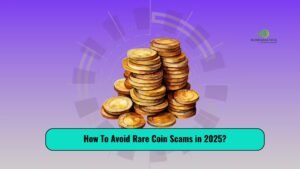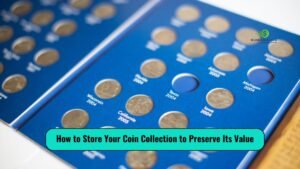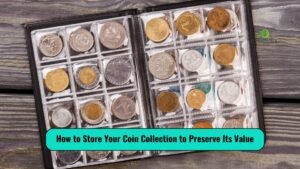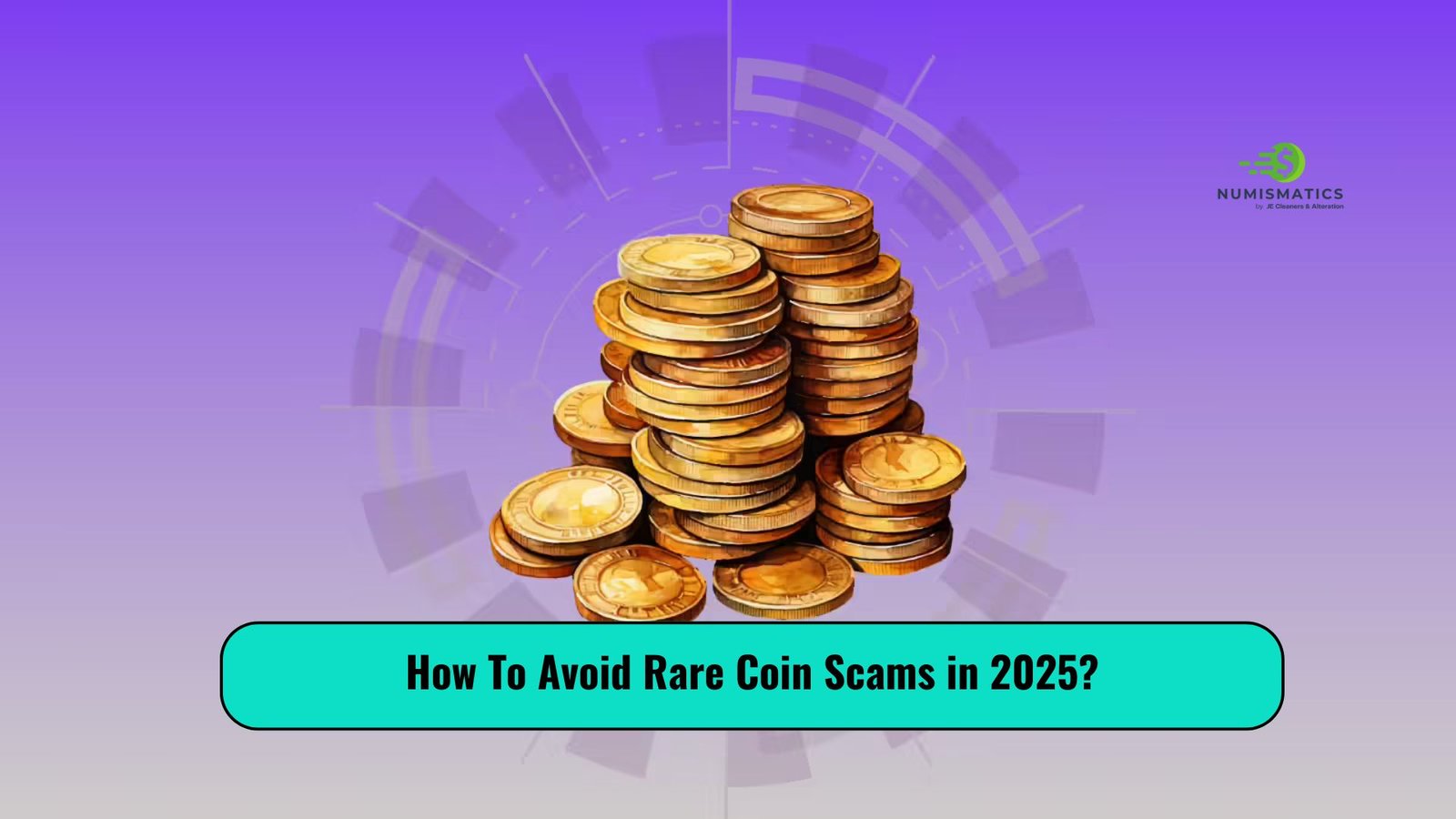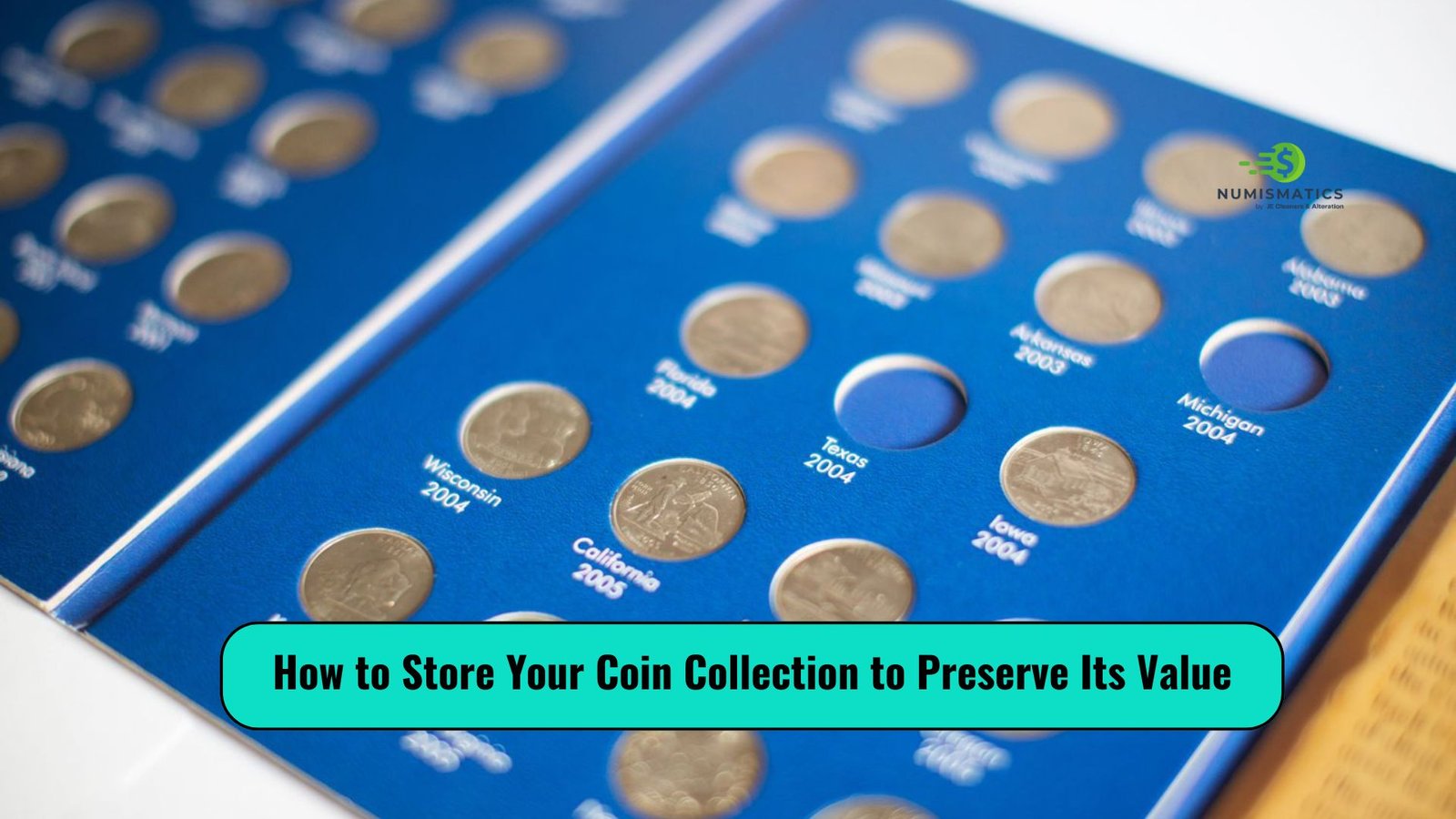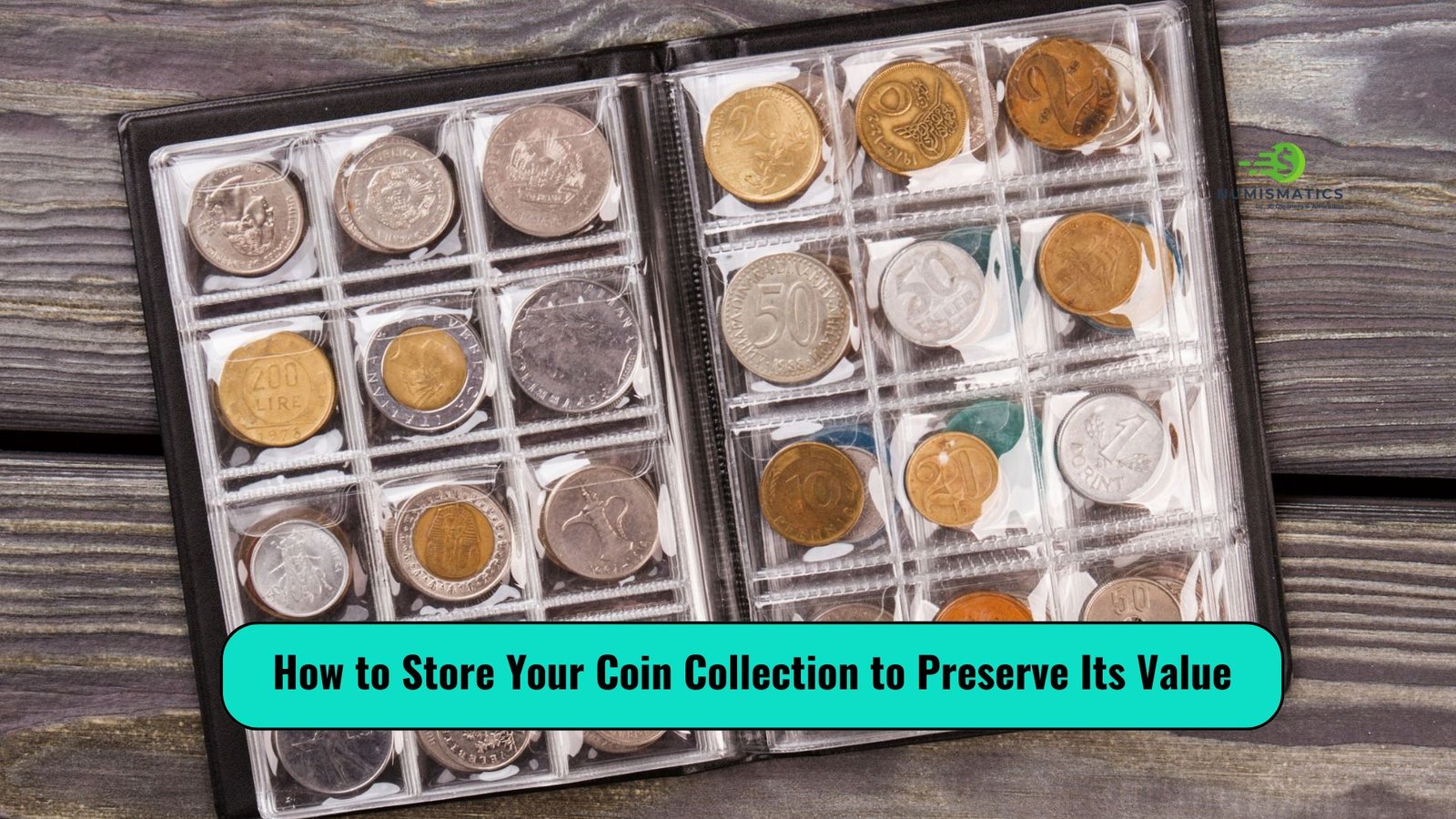As a numismatist with over 20 years of experience, I’ve handled countless coins, from gleaming Morgan dollars to rare ancient denarii. Along the way, I’ve encountered my fair share of counterfeit coins—some so convincing they fooled seasoned collectors, others so obvious they barely passed muster. Spotting fakes is both an art and a science, blending keen observation, historical knowledge, and a touch of skepticism honed by years in the field. In this comprehensive guide, I’ll share practical, time-tested techniques to help you identify counterfeit coins before you invest your hard-earned money. Whether you’re a novice collector or a seasoned enthusiast, these insights will protect your collection and your wallet.
This article combines the structured, instructional approach of a professional guide with the conversational, community-driven wisdom of seasoned collectors. It’s designed to be both educational and approachable, offering detailed steps, cautionary advice, and practical tips to ensure you never fall for a fake.
Why Counterfeit Coins Matter in Numismatics
Counterfeit coins have plagued collectors for centuries, from crude imitations in ancient markets to sophisticated fakes produced with modern technology. Today’s counterfeiters use advanced tools like laser engraving and 3D printing, making detection more challenging than ever. A single fake coin can drain your budget, tarnish your collection’s integrity, or worse, erode your trust in the hobby. As a numismatist, I’ve learned that vigilance is your first line of defense. Knowing what to look for—whether it’s a subtle flaw in the mint mark or an off-kilter weight—can save you from costly mistakes.
This guide covers the essential techniques I’ve refined over decades, from visual inspection to advanced testing, with a focus on practical, cost-effective methods for collectors at all levels.
Key Signs of Counterfeit Coins
Spotting a fake requires a systematic approach. Below, I outline the primary indicators I check when evaluating a coin, drawn from years of handling both genuine and fraudulent pieces.
1. Inspect the Weight and Dimensions
Every coin has a specific weight and size, meticulously standardized by the mint. Counterfeiters often struggle to match these precisely. For example, I once examined a supposed 1909-S VDB Lincoln cent that felt slightly “off” in my hand. A quick check with a digital scale revealed it was 0.2 grams lighter than the standard 3.11 grams—a dead giveaway.
How to Check:
- Use a Precision Scale: Invest in a digital scale accurate to 0.01 grams. Compare the coin’s weight to official mint specifications (e.g., a U.S. silver dollar weighs 26.73 grams).
- Measure Diameter and Thickness: Use calipers to verify dimensions. Even slight deviations (e.g., a millimeter off) can indicate a fake.
- Table of Common Coin Specifications:
| Coin Type | Weight (grams) | Diameter (mm) | Thickness (mm) |
|---|---|---|---|
| U.S. Silver Dollar (Morgan) | 26.73 | 38.1 | 2.4 |
| Lincoln Cent (1909-1958) | 3.11 | 19.0 | 1.5 |
| Gold Eagle (1 oz) | 33.93 | 32.7 | 2.87 |
Tip: Always cross-reference with reputable sources like the U.S. Mint’s website or Red Book. If the weight or size is off, don’t buy.
2. Examine the Edge and Reeding
The edge of a coin is often overlooked but can reveal a fake. Genuine coins have consistent, well-defined reeding (the ridges on the edge) or lettering, while counterfeits may show sloppy or uneven edges. I recall a “gold” coin I inspected in the early 2000s—its reeding was uneven and slightly rounded, a sign of casting rather than mint striking.
How to Check:
- Visual Inspection: Use a magnifying glass (10x or higher) to check for irregularities in reeding or edge lettering.
- Compare with Genuine Coins: If possible, compare the edge to a known authentic coin of the same type.
- Watch for Casting Seams: Many counterfeits are cast, leaving a faint seam along the edge where the mold halves meet.
Caution: Modern counterfeits may replicate reeding well, so combine this check with other methods.
3. Analyze the Design and Details
A coin’s design—its obverse, reverse, and inscriptions—carries subtle markers of authenticity. Counterfeiters often fail to capture the sharpness of a genuine strike. For instance, I once spotted a fake 1878-CC Morgan dollar because the eagle’s feathers lacked the crisp definition of a true mint strike.
How to Check:
- Magnification is Key: Use a loupe (10x-20x) to inspect details like lettering, mint marks, and design elements. Genuine coins have sharp, well-defined features; fakes often appear soft or blurry.
- Check for Known Errors: Familiarize yourself with common counterfeits. For example, fake 1916-D Mercury dimes often have an incorrect “D” mint mark shape.
- Look for Tooling Marks: Counterfeiters sometimes alter genuine coins (e.g., adding a rare mint mark). Look for scratches or unnatural polishing around key areas.
Pro Tip: Study high-resolution images of genuine coins from trusted sources like PCGS or NGC to train your eye.
4. Assess the Luster and Surface
The luster of a coin—its reflective quality from the minting process—is hard to replicate. Genuine coins have a natural, cartwheel-like sheen when tilted under light, while counterfeits often appear dull, overly shiny, or artificially polished. I once rejected a “proof” coin because its mirror-like finish looked chemically enhanced rather than naturally struck.
How to Check:
- Tilt Test: Rotate the coin under a light source. Genuine coins show a consistent, flowing luster; fakes may look flat or overly glossy.
- Surface Imperfections: Look for unnatural scratches, pitting, or cleaning marks. Counterfeiters often clean coins to hide flaws, damaging the original patina.
Note: Be cautious with “cleaned” coins, as cleaning can lower value even if the coin is genuine.
5. Test the Metal Composition
Counterfeiters often use cheaper metals to mimic silver or gold. A fake “silver” dollar I examined years ago rang hollow when dropped—its sound betrayed a base metal core.
How to Check:
- Ping Test: Gently tap the coin with another coin or metal object. Silver coins produce a high-pitched “ring”; base metal fakes sound dull.
- Magnet Test: Silver and gold are non-magnetic. If a coin sticks to a magnet, it’s likely fake.
- Specific Gravity Test: For high-value coins, measure density using a specific gravity kit. Silver has a density of 10.49 g/cm³; gold, 19.32 g/cm³.
Warning: Advanced counterfeits may use metal alloys close to the original, so combine this with other tests.
Advanced Techniques for Experienced Collectors
For high-value or rare coins, basic checks may not suffice. Over the years, I’ve relied on these advanced methods to catch sophisticated fakes.
1. Verify with Grading Services
Professional grading services like PCGS and NGC are your best allies. I’ve sent countless coins for grading, especially when dealing with rare dates or high grades (e.g., MS-65 or better). These services use X-ray spectrometry, expert analysis, and proprietary databases to authenticate coins.
How to Proceed:
- Submit coins worth $100 or more to PCGS or NGC. The cost (around $20-$50 per coin) is worth it for valuable pieces.
- Avoid lesser-known grading companies, as some are less reliable. Stick to industry leaders to ensure authenticity.
2. Check for Die Markers
Every coin die leaves unique markers—tiny scratches, cracks, or imperfections. Counterfeiters rarely replicate these. For example, I once identified a genuine 1921 Peace dollar by a faint die crack near the date, absent in known fakes.
How to Check:
- Research known die markers for the coin type using resources like the VAM World database for Morgan dollars.
- Use a high-powered loupe to spot these subtle marks.
3. Use Technology
Modern tools like X-ray fluorescence (XRF) analyzers can confirm metal composition non-destructively. While expensive, they’re invaluable for dealers or serious collectors. I’ve used XRF to confirm the purity of gold coins, saving me from a costly mistake on a questionable 1907 Saint-Gaudens.
Practical Tips to Avoid Counterfeit Coins
Beyond technical checks, these practical tips—learned through years of trial and error—can protect you from fakes:
- Buy from Reputable Dealers: Stick to established dealers or auction houses like Heritage Auctions or Stack’s Bowers. Avoid unregulated platforms or “too good to be true” deals.
- Research the Seller: Check reviews, ratings, and history. On platforms like eBay, verify the seller’s feedback and return policy.
- Ask for Provenance: For rare coins, request documentation of the coin’s history. Lack of provenance is a red flag.
- Start with Common Coins: As a beginner, focus on affordable, well-documented coins (e.g., common-date Morgan dollars) to build your skills before chasing rarities.
- Join a Community: Forums like r/coins or local coin clubs offer invaluable advice. I’ve learned as much from fellow collectors as from books.
Common Counterfeit Coins to Watch For
Some coins are counterfeited more often due to their value or rarity. Based on my experience, here are the most targeted:
| Coin Type | Common Fakes | Key Red Flags |
|---|---|---|
| 1909-S VDB Lincoln Cent | Added “S” mint mark | Incorrect mint mark shape, tooling marks |
| 1916-D Mercury Dime | Altered date or mint mark | Soft details, mismatched fonts |
| 1893-S Morgan Dollar | Cast copies | Poor luster, casting seams |
| U.S. Gold Coins (e.g., Double Eagles) | Base metal with gold plating | Incorrect weight, dull sound |
Tip: Study these coins’ authentic characteristics using resources like the PCGS CoinFacts database.
FAQs About Counterfeit Coins
Can I trust coins sold at flea markets or online marketplaces?
Be cautious. Flea markets and unregulated platforms are hotspots for fakes. Always verify authenticity with the checks above and buy from reputable sources.
Are all counterfeits low quality?
No. Modern counterfeits can be highly sophisticated, using correct metals and designs. Combine multiple detection methods for accuracy.
Is it worth grading every coin?
No, grading is costly. Reserve it for coins worth $100 or more or those with questionable authenticity.
How do I learn to spot fakes better?
Practice with genuine coins, study reference books (e.g., Red Book), and join numismatic communities for hands-on learning.
Conclusion
Spotting counterfeit coins is a skill that blends observation, knowledge, and caution—a craft I’ve honed over two decades in numismatics. By mastering techniques like checking weight, reeding, luster, and design details, you can protect your collection from fakes. Start with affordable coins, lean on reputable grading services like PCGS or NGC for high-value pieces, and stay connected with the numismatic community for ongoing learning. The thrill of collecting lies in the hunt for authentic treasures, and with these tools, you’ll navigate the market with confidence. Happy collecting, and stay vigilant!
